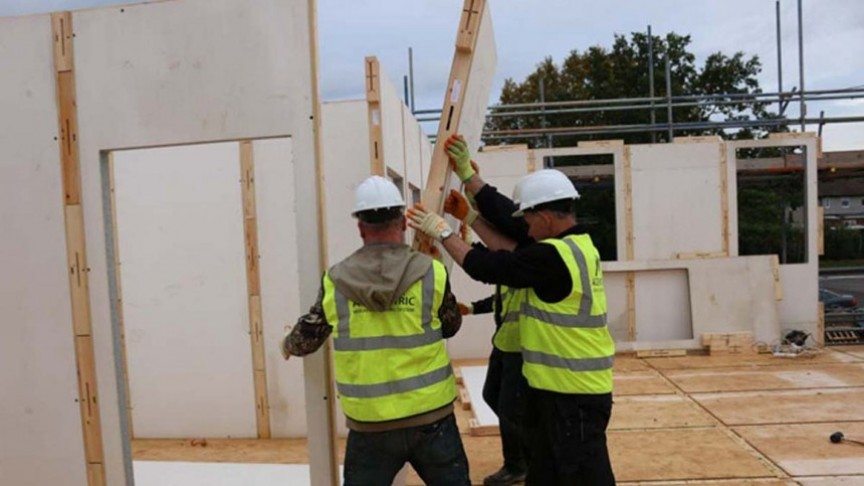Traditional construction requires extreme amounts of natural resources-water, wood, and stone which destroys the environment. Though most construction companies are striving to go green ― a smart branding move in this environmental-consumer climate ― many are choosing to repair their practices instead of their materials to save on expenses.
In the drive to develop eco-friendly technologies, dozens of alternative construction materials have emerged to replace the unsustainable natural resources we have relied on for thousands of years. These materials may look and feel different than most construction companies are used to, but they will ultimately save builders, building users, and nearly everyone in the community from energy waste and environmental drain. Here are some of the most outstanding alternative materials to integrate into any building design.
Sustainable Concrete
Concrete is used in nearly every building project, but the fact that concrete is responsible for roughly 10 percent of global CO2 emissions is still staggering. The major problem arises from the blasting of limestone in quarries to create cement, the binder in concrete, so anything builders can do to lessen concrete’s reliance on cement will help. A prominent idea is to incorporate waste materials, such as crushed glass, wood chips, and slag, which are larger and require less binder. Plus, making use of waste materials prevents them from compiling in landfills, which is a significant bonus.
Thirsty Concrete
Concrete poses another problem besides its carbon emissions: In cities, only 10 percent of rainwater gets absorbed by the ground, while the rest runs off impermeable sidewalks and roads causing flooding and worse. Thankfully, a British buildings manufacturer has recently debuted Topmix Permeable, a concrete substitute that drinks up more than 1,000 gallons of water in less than a minute. Though permeable paving materials aren’t new, this variety which so closely mimics concrete is, and its possible applications in cities and construction sites are endless.
Wool Bricks
Bricks are generally considered to be the most sustainable traditional building material. They are durable and often local, and the clay extraction process doesn’t ravage environments like, say, cement does. However, the firing process, which gives brick its hard, lasting quality, consumes an overabundance of fuel and releases plenty of greenhouse gases.
A viable replacement for the kiln is the incorporation of wool into the clay. With wool, bricks dry hard without firing, and they actually become 37 percent stronger and more resistant to cold and damp. Additionally, most manufacturers can find local sources of wool, which further improves the material’s sustainability.
Fabric
Then again, we could get rid of clay altogether. Some construction firms are doing away with nearly all traditional building supplies and techniques, opting instead for inexpensive, lightweight, durable fabric buildings. Such structures go up in a matter of days ― not months ― and can be permanent or temporary, depending on the builder’s needs. Recycled plastic composes the translucent fabric, which is stretched over a strong, recycled steel frame. Even after the building is complete, light shining through the material reduces energy costs for illumination, heating, and cooling, making fabric a true wonder construction material.
Solar Roof Tiles
Though the main purpose of roof tiles is to protect a building from the natural elements ― rain, snow, sleet, hail ― shingles spend most of their time absorbing light and heat from the sun. Traditional tiles made from stone, clay, and concrete waste that energy, but a handful of companies now produce solar tiles, which capture that energy and distribute it into the building below. Unlike photovoltaic cells, which rest atop roofs, solar shingles are integrated into the building, improving its sustainability dramatically.
Paper Insulation
Spray polyurethane foam (SPF) seems to be a nuisance to everyone ― not just the workers who have to apply it. Despite its proven ability to keep outdoor and indoor climates separate, SPF is under intense scrutiny from the EPA for the plethora of chemicals that pollute the air, causing serious health problems. Though once heralded as an advanced replacement to traditional batting, SPF seems to be even worse.
Fortunately, a superior alternative to both batting and SPF has emerged: paper. Recycled newspaper and cardboard, which is often difficult to use in other produces, makes for an excellent insect-resistant, fire-retardant insulation that can quickly be blown into cavity walls just like spray foam.

